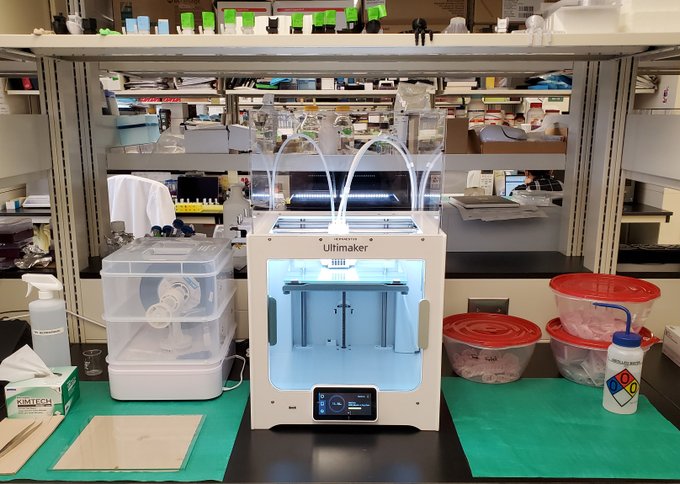Escherichia coli, or E. coli, as its friends know it, has gotten a pretty bad rap lately. From tainting water supplies in Walkerton, Ontario to contaminating ground beef and — to the delight of chlorophyll-phobic children everywhere — spinach in grocery stores to closing Manitoba beaches, it seems that every time this Gram-negative — one of the two primary cell wall configurations, the other being Gram positive — bacterium gets mentioned, it’s in a less than positive light. This is too bad, since, for the most part, E. coli has done more to help than to harm.
The more squeamish among you might want to stop reading here, or, at the very least sit down. There are one hundred billion bacterial cells per milimetre in the human large intestine, one per cent of which are E. coli, but don’t worry; they’re supposed to be there and they have an important job to do. E.coli helps you to synthesize vitamins in addition to keeping harmful bacteria from taking up residence by hogging all the good spots in the large intestine. Furthermore, in addition to contributing to our health, this little bacterium has also made invaluable contributions to science.
Since it is easy to grow in a lab — and pretty harmless — E. coli has acted as a model species for the study of bacteria, disease and genetics. For many people studying bacterial genetics, it is the “go-to” organism, only too happy to have it’s genes scrambled in the name of science. Though despite all of its good attributes, sometimes E. coli can be a bit of a bother.
As long as E. coli stays where it should be, it is a perfectly harmless organism, however if it gets out it can run amok, causing nasty infections all over the place. One good example, which many readers may be familiar with, is bladder infections, of which 75 per cent can be linked to wandering E. coli cells. Unfortunately, while bladder infections can often be cured with some cranberry juice and antibiotics, there’s a black sheep in the E. coli family that is much more dangerous.
The infamous strain of E. coli, known as 0157 H7, has been implicated in many cases of food and water borne illness. In fact the sickness it causes has been dubbed “hamburger disease” since the strain was first isolated from contaminated hamburgers in the early 1980s. Its main difference from the “garden variety” strains is its ability to produce a toxin, known as shiga toxin, which causes bloody diarrhea and colitis.
But we shouldn’t judge all E. coli by a few bad apples, sure some strains cause bleeding rectums and crippling gut pain, but the majority are happy and helpful little workers, who keep us healthy on a day to day basis, and moved the fields of genetics and bacteriology forward by immeasurable amounts.
E. coli, we salute you.




